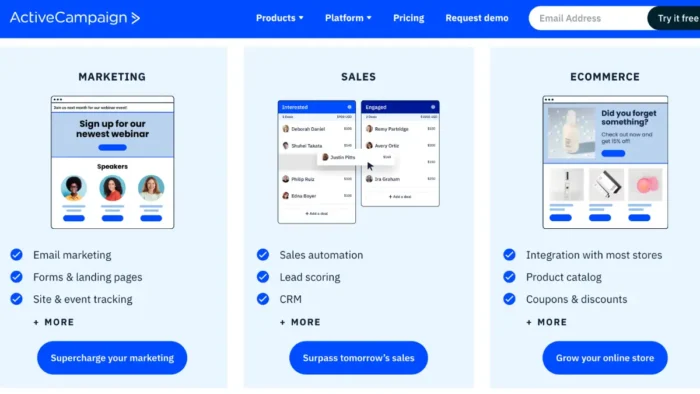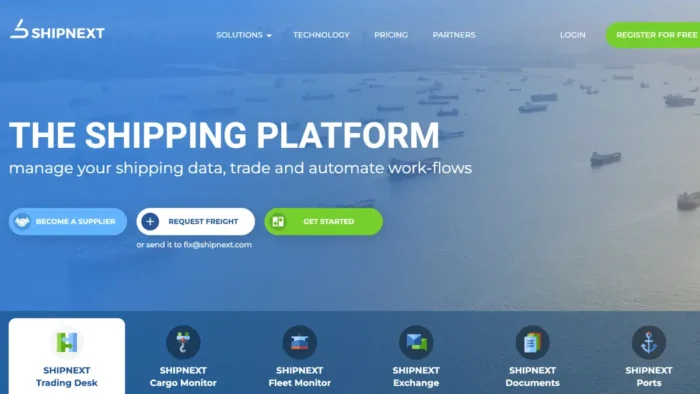Are you looking for ways to ensure that the software solutions you are implementing in your business align with its internal and external objectives? It’s a challenge that many businesses face, and it can be difficult to navigate all available options. But with the right approach, you can create a practical framework that will enable successful collaboration between your software solutions and overall objectives.
In this blog post, we’ll explore key strategies to help you align your software solutions with your business objectives. Ready to get started? Read on!
Identify and Prioritize Key Business Objectives
The first step is to identify and prioritize your key objectives. This can be done by thoroughly analyzing your company’s mission, vision, and goals. Take the time to understand what your business is trying to achieve and what metrics are important for measuring success.
Once you clearly understand your objectives, you will need to prioritize them. Maybe your top priority is to increase revenue, or perhaps it’s to improve customer satisfaction. Whatever the case may be, determining which objectives are most important will guide your decision-making process when it comes to software solutions.
Related: Best Meeting Minutes Software Solutions for Your Company
Analyze Existing Software Solutions
If you’re in the market for software solutions, it’s likely that you already have some solutions in mind. Take the time to analyze these existing solutions and determine how well they align with your objectives. Are they helping you achieve your goals, or are there areas for improvement? This analysis will give you a starting point for identifying gaps and needs in your software stack.
If you are looking to keep your invoicing in place, the software solutions offered by Prime Software are designed to effectively streamline your work processes and increase productivity, saving you time and money in the long run. But as with any investment, you need to analyze existing software solutions to ensure that you choose the right one for your business needs. When examining what your chosen software has to offer, take into consideration factors like user-friendliness, compatibility with your existing systems, and overall value for your investment.
Determine the Feasibility of Current Solutions
After analyzing your existing software solutions, it’s important to determine their feasibility. This means assessing whether the solutions are capable of meeting all of your business objectives or if there are any limitations that may hinder their effectiveness. For example, a software solution may be great for increasing efficiency but may not have the capabilities to improve customer satisfaction. In this case, you will need to explore other options that can fill in the gaps and fully align with your objectives.
Alternatively, you may find that your current solutions are sufficient, but they require additional customization or integration to better align with your objectives. In this case, it’s important to communicate these needs with the software provider and collaborate on finding a solution that meets both parties’ requirements.

Research New Software Solutions and Technologies
The landscape of technology is ever-changing and constantly evolving, with new software solutions and innovative technologies emerging almost daily. It can be overwhelming to stay on top of all of these advancements, but the potential benefits they offer are worth the effort.
Researching the latest software and technology options can help you stay ahead of the curve, gaining a competitive edge in your industry. Whether you’re looking to streamline your processes, improve your customer experience, or enhance your marketing efforts, there is sure to be a new software solution or technology that can help you achieve your goals. So, don’t be afraid to dive in and explore what’s out there!
Analyze the Cost-Benefit of Each Solution
When considering new software solutions, you want to analyze the cost versus benefits of each option. While some solutions may seem more affordable upfront, they may not offer as many features or capabilities as a higher-priced solution that can better align with your objectives. It’s important to weigh the costs and potential return on investment when making a decision.
Even consider any hidden costs such as implementation, training, and maintenance fees. These can add up over time and affect the overall value of the solution. Remember that investing in the right software solutions can ultimately save your business time, money, and resources in the long run.
Involve All Stakeholders
Of course, don’t forget to involve all stakeholders in the decision-making process when aligning your software solutions with business objectives. This includes not only IT and management teams but also end-users who will be directly impacted by the solution.
By involving all stakeholders, you can gather a variety of perspectives, needs, and concerns that may not have been considered otherwise. This collaborative approach can lead to a more well-rounded decision and ensure that the chosen software solution aligns with the goals of all parties involved.
Conduct Regular Reviews and Updates
Regular reviews and updates of your software solutions ensure they continue to align with your evolving business objectives. As your business grows and changes, so too will your objectives and needs.
Regularly assessing and updating your software can keep your operations efficient, recognize potential issues before they escalate, and ensure your technology infrastructure remains relevant. This ongoing process ensures the continued alignment of software and business objectives but also facilitates the seamless integration of new technologies as they emerge.
Monitor Performance
It is common knowledge that no system works perfectly without proper maintenance, and the same principle applies to businesses and personal goals. Be it a project, a team, or an individual — monitoring performance is essential to keep track of progress and identify areas that need improvement.
Adapting to changes and making adjustments are necessary steps to overcoming hurdles and ensuring tasks and goals are successfully accomplished. Continuous monitoring and adjustments will lead to better results and success in achieving short-term and long-term goals.
Conclusion
Aligning software solutions with business objectives is not a one-time task, but an ongoing process that involves careful planning, analysis, and effective communication with all stakeholders. By identifying and prioritizing your key business objectives, analyzing existing solutions, determining feasibility, researching new technologies, examining cost-benefit, involving all stakeholders, conducting regular reviews, and monitoring performance, you can ensure that your software solutions effectively support your business goals.
The ultimate aim is not merely to adopt the latest technology but to choose solutions that add value to your business, improve efficiency, and contribute to continuous growth and success.





